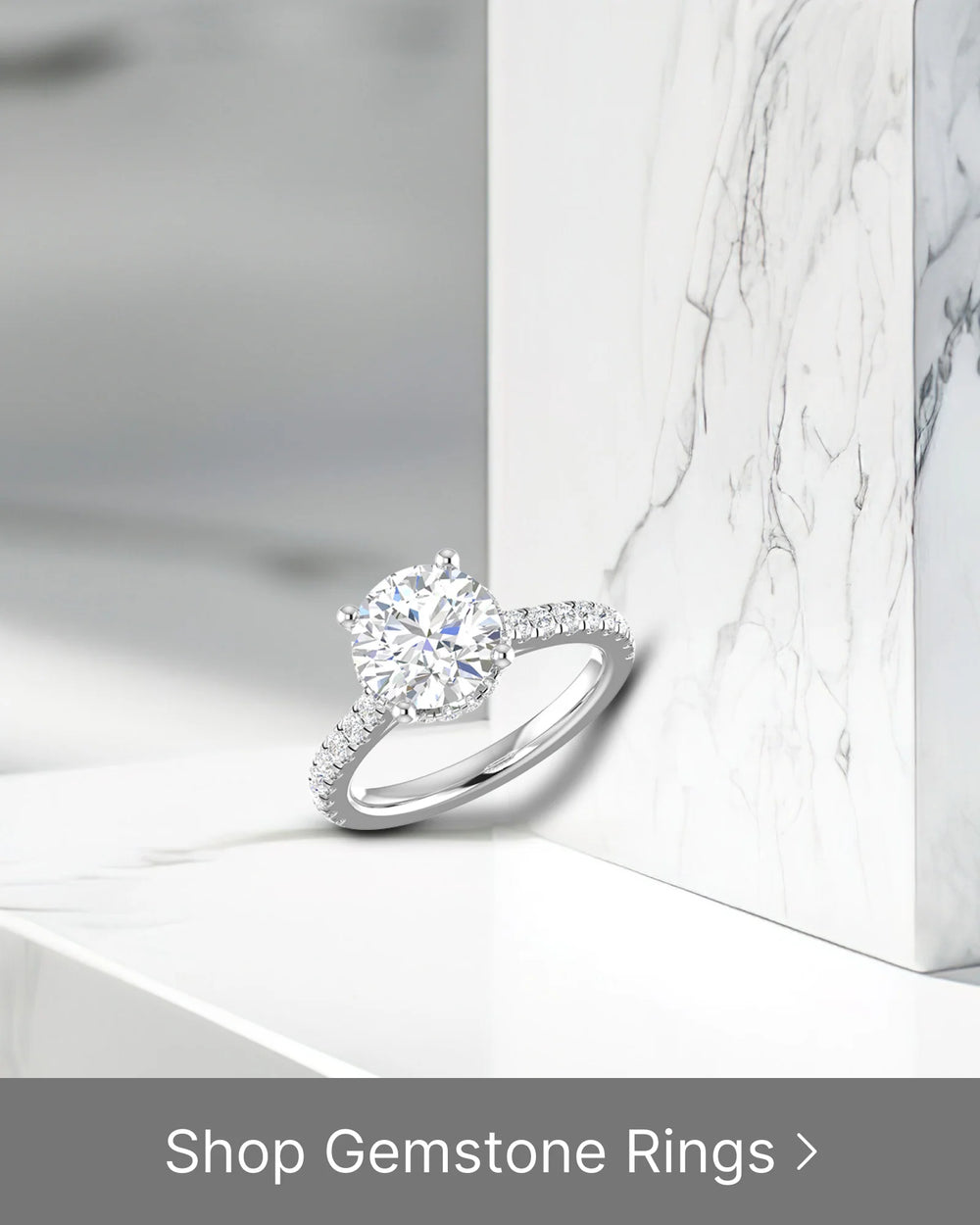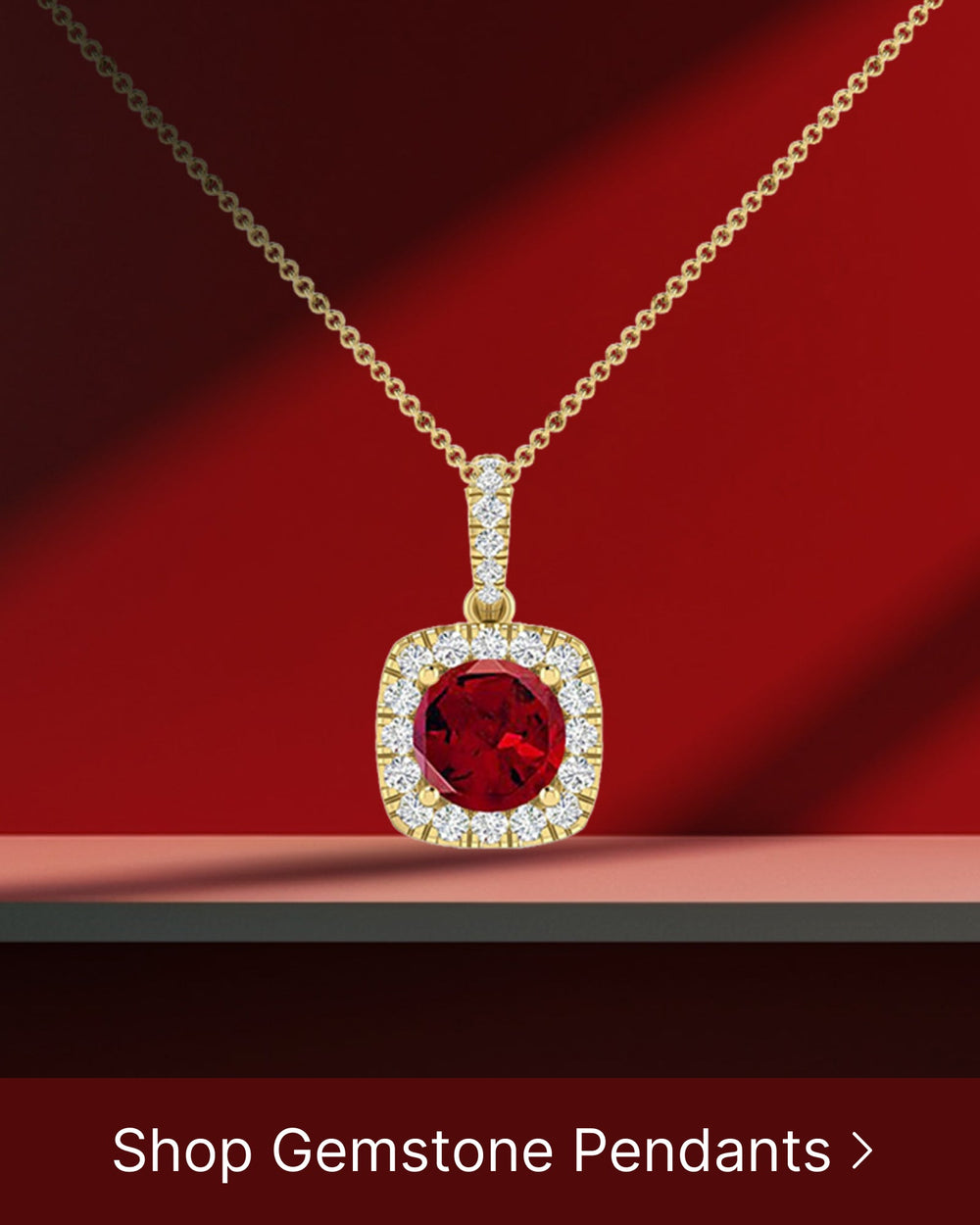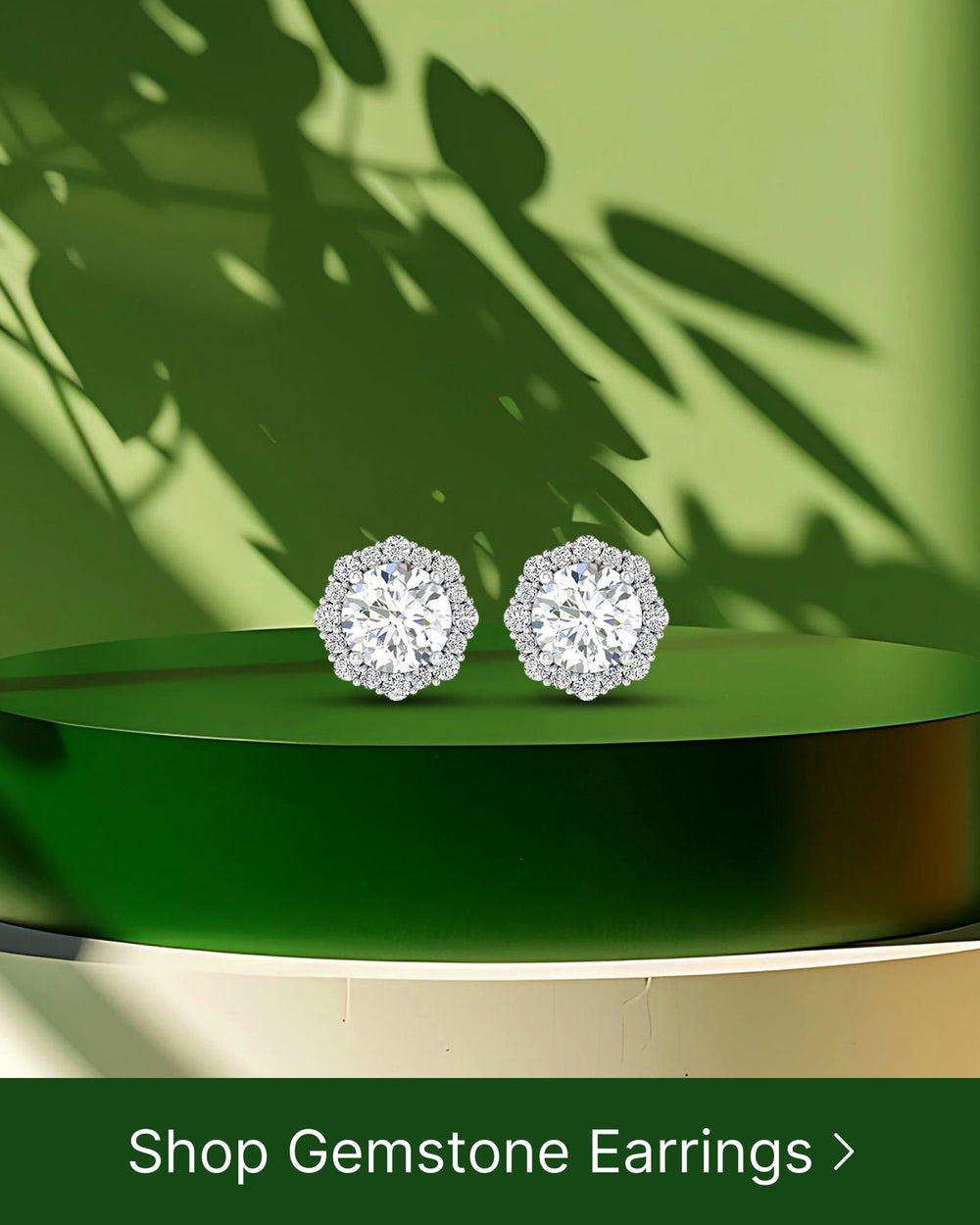Exploring the Various Shades of Gold
Gold is a fascinating and precious metal that has captivated humans for centuries. Its distinct color and shimmering appearance have made it highly valued for jewelry, artifacts, and decorative purposes. But did you know that gold comes in various shades? In this article, we will take a closer look at the different shades of gold and delve into the factors that contribute to their variation.
Understanding the Color Gold
Before we explore the different shades, it's essential to understand the color gold itself. Gold is categorized as a warm color, falling between yellow and red on the color spectrum. Its warm and lustrous appearance gives it an aura of luxury and elegance.
But what gives gold its distinct hue? The science behind gold's color lies in its atomic structure. Gold atoms absorb certain wavelengths of light while reflecting others, resulting in the characteristic golden color that we all know and love.
Gold's atomic number is 79, meaning it has 79 protons in its nucleus. The arrangement of these protons and electrons determines how gold interacts with light. When light shines on gold, the electrons in its atoms absorb energy from certain wavelengths of light. This energy excites the electrons, causing them to move to higher energy levels. The absorbed wavelengths of light contribute to gold's color, as the remaining wavelengths are reflected back to our eyes.
The specific energy levels that gold's electrons can reach determine the color of gold. This is why gold appears yellow compared to other metals, which have different atomic structures that result in their distinct colors.
Beyond its scientific explanation, gold holds immense symbolism and cultural significance across different societies. In many cultures, gold represents wealth, power, and prestige. It is often used in religious ceremonies, crowns, and royal regalia.
Gold has also been associated with the sun, which is revered as a symbol of vitality, life, and nourishment. Its radiant shade evokes feelings of warmth, prosperity, and abundance.
Throughout history, gold has played a pivotal role in trade, currency, and art. Its enduring allure has made it a timeless choice for jewelry and adornments, transcending cultural and geographical boundaries.
Gold's significance can be traced back to ancient civilizations, where it was revered for its rarity and beauty. In ancient Egypt, gold was considered the flesh of the gods and was used to adorn the tombs of pharaohs. In ancient Greece, gold was associated with the gods and was used to create intricate jewelry and statues. The Incas and Aztecs of South America also valued gold, using it to create elaborate ceremonial objects.
Gold's value and desirability have continued throughout the ages. During the California Gold Rush in the mid-1800s, thousands of people flocked to the region in search of gold, hoping to strike it rich. The discovery of gold in various parts of the world has shaped economies and fueled exploration.
Today, gold remains a sought-after precious metal. Its scarcity and enduring beauty make it a symbol of wealth and prosperity. Gold is used not only in jewelry but also in various industries, including electronics, dentistry, and aerospace.
Whether it's adorning a crown, gracing a wedding ring, or adding a touch of elegance to a piece of artwork, gold continues to captivate and inspire. Its timeless allure and rich history make it a color that will always hold a special place in our hearts and culture.
The Spectrum of Gold Shades
Now that we have explored the color gold and its significance, let's dive into the spectrum of gold shades. Although gold is commonly associated with its classic yellow hue, in reality, there is a wide array of shades that fall under the gold category.
Yellow Gold
Yellow gold is the most traditional and well-known shade of gold. It is often used in engagement rings, wedding bands, and other fine jewelry pieces. Yellow gold is highly prized for its rich and warm appearance, which exudes a timeless elegance.
The purity of yellow gold can vary, with 24-karat gold being the purest form. However, due to its softness, it is often alloyed with other metals to enhance its durability.
Rose Gold
Rose gold has gained immense popularity in recent years for its romantic and feminine allure. This delicate hue is created by infusing gold with a small amount of copper, giving it a subtle pinkish tone.
Rose gold jewelry is often chosen for its unique and soft appearance, providing a refreshing twist to traditional yellow gold designs. It complements a wide range of skin tones and adds a touch of sophistication to any ensemble.
White Gold
White gold has a cool and silvery appearance, making it a popular choice for modern and contemporary jewelry. Unlike yellow or rose gold, white gold is created by combining gold with white metals such as nickel, palladium, or silver.
This alloying process results in a lustrous white shade that is often comparable to platinum. White gold can also be further enhanced by rhodium plating, which creates an even brighter and reflective surface.
Green Gold
While less commonly known, green gold is a unique and distinct shade within the gold spectrum. It is created by alloying gold with specific yellow metals such as silver and sometimes copper.
The addition of these metals gives green gold a subtle greenish tint, reminiscent of nature and lush landscapes. Green gold is often used in artistic and creative designs to add a touch of vibrancy and originality.
The Role of Alloying in Gold Coloration
Now that we have explored the different shades of gold, it's essential to understand how alloying affects gold's coloration. Alloying is the process of mixing gold with other metals, which not only enhances its durability but also alters its shade. Let's delve deeper into this fascinating aspect.
Common Alloying Metals
When gold is alloyed with other metals, it can produce a range of shades with unique properties. Copper, silver, nickel, and palladium are commonly used in gold alloying to achieve desired colors and characteristics.
Copper, for example, gives gold a warm and reddish tone, which is often seen in rose gold jewelry. Nickel, on the other hand, creates a cool and silvery appearance in white gold. By carefully selecting alloying metals, jewelry designers can create a diverse range of gold shades to cater to various preferences.
Impact of Alloying on Gold's Properties
Alloying not only affects gold's color but also influences its properties. For example, alloying gold with stronger metals like nickel or palladium increases its hardness and durability. This makes it suitable for intricate designs or pieces that require resistance to wear and tear.
On the other hand, alloying gold with copper results in a softer metal that is ideal for shaping and crafting intricate filigree patterns. The choice of alloying metals can, therefore, significantly impact the overall aesthetic and durability of gold jewelry.
The Process of Gold Plating
In addition to alloying, gold can also be modified through a process known as gold plating. Gold plating involves depositing a layer of gold onto the surface of a different metal using various techniques. This process enables the creation of gold-colored surfaces on a wide variety of materials.
Techniques for Gold Plating
Gold plating can be achieved through multiple methods, including electroplating, mechanical plating, and immersion plating. Electroplating, the most commonly used technique, involves using an electrical current to deposit gold ions onto the surface of the object.
Mechanical plating utilizes mechanical energy to embed gold particles onto the surface, while immersion plating submerged the object into a bath of gold ions. Each technique offers different advantages and is chosen based on the specific requirements of the plating process.
Influence of Plating on Gold's Shade
Gold plating enables the creation of gold-colored surfaces on various materials, such as base metals or even plastics. The thickness of the gold layer and the underlying material can influence the shade of the gold plating.
Moreover, gold plating can be combined with alloying to create unique shades or finishes. For example, a piece of jewelry can be made from white gold and then gold plated to give it a lustrous yellow appearance.
The Impact of Gold Purity on Its Shade
Lastly, the purity of gold also plays a significant role in determining its shade. Gold purity is measured in karats, with 24-karat gold being the purest form.
Understanding Karats
Karat measures the proportion of pure gold in a piece of jewelry or object. A higher karat value indicates a higher percentage of gold. For example, 18-karat gold contains 75% gold and 25% other metals.
The purity of gold directly affects its shade. Higher karat gold tends to have a more intense and vibrant color, while lower karat gold may appear slightly paler due to the presence of alloying metals.
Color Differences in Pure and Mixed Gold
When comparing pure gold to mixed gold, there might be subtle differences in color. Pure gold has a warm and rich tone, showcasing the true essence of the metal. On the other hand, mixed gold shades may exhibit variations depending on the particular alloying metals used.
It's important to note that personal preferences for gold shades may differ, and the choice between pure or mixed gold ultimately depends on individual taste and desired aesthetic.
In conclusion, gold showcases a beautiful spectrum of shades that captivate our senses and reflect our cultural beliefs. From the classic elegance of yellow gold to the romantic allure of rose gold, each shade has its unique charm. The science of gold's color, coupled with the artistry of alloying and gold plating techniques, adds further dimension to this remarkable metal. Whether you prefer the warmth of yellow gold or the modern edge of white gold, exploring the various shades of gold opens up a world of possibilities to embrace this precious metal in all its glory.






